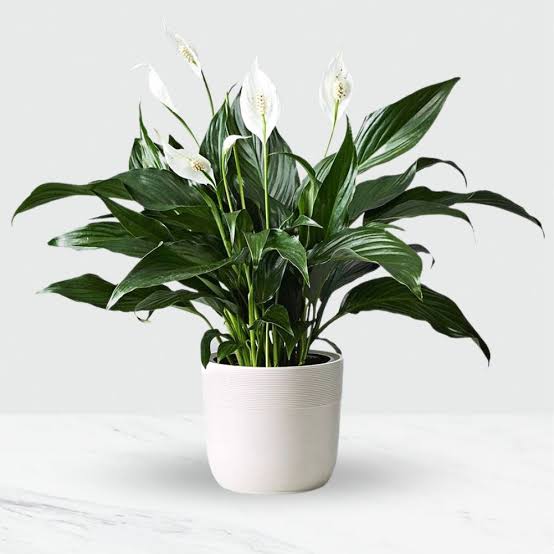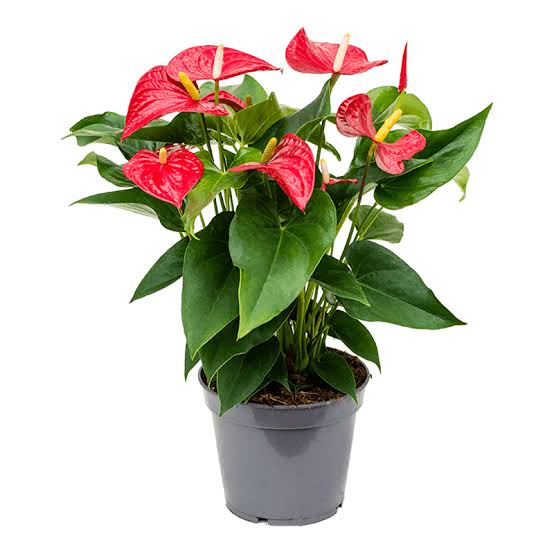Best Indoor Flowering Plants for Alabama Homes:
Walking into a room filled with the soft fragrance and colors of blooming flowers instantly lifts your mood. As someone who’s spent years nurturing indoor plants, I know the joy they bring. Beyond their beauty, flowering plants make a space feel alive and warm. For those of us in Alabama, the combination of natural humidity and mild winters creates the perfect conditions for growing stunning indoor blooms.
Whether you’re looking to add a touch of nature to your home or brighten up your day, this guide will walk you through the best indoor flowering plants for your space. Let’s dig in!
Why Flowering Plants Are Perfect for Your Home
Flowering plants don’t just look good—they improve air quality, reduce stress, and boost productivity. I remember placing a peace lily in my study corner during exam prep years ago. That little green companion not only freshened the air but also made the space more inviting, helping me stay calm and focused.
For Alabama homeowners, indoor plants can also help balance the air during winter when heaters tend to dry things out. Flowering plants act as natural humidifiers, while their vibrant blooms remind us of spring, no matter the season.
Top Indoor Flowering Plants for Alabama Homes
Here’s a detailed list of indoor flowering plants that thrive in Alabama’s unique conditions. Each plant comes with its charm, specific care tips, and suitability for different spots in your home.
1. Peace Lily (Spathiphyllum)
Care Tips: Keep the soil moist but not soggy. It’s a forgiving plant, but one thing to watch out for is drooping leaves—they’re a sign it’s thirsty. Place it in indirect light for the best blooms.
Why It’s Great: The peace lily is an easy-care plant that produces striking white blooms. Its lush green foliage complements any décor, and it thrives even in low-light areas.
Ideal Placement: Great for offices, bedrooms, or shaded corners of your living room.

2. African Violet (Saintpaulia)
Care Tips: These beauties are a bit picky about water. Always use lukewarm, filtered water and avoid getting water on the leaves, which can cause spotting. Fertilize every couple of weeks for vibrant blooms.
Why It’s Great: Known for its colorful, velvety blooms, African violets are a favorite among seasoned gardeners. They’re compact, making them perfect for smaller spaces like windowsills.
Ideal Placement: In a sunny spot with filtered light, like an east-facing window.

3. Anthurium (Flamingo Flower)
Care Tips: Keep it in bright, indirect light and maintain humidity. Alabama’s natural humidity works in its favor, but if your home is dry, consider misting it occasionally. Wipe the leaves to keep them shiny and dust-free.
Why It’s Great: With its bold red, pink, or white blooms and glossy heart-shaped leaves, the anthurium is a true statement plant.
Ideal Placement: Perfect for humid areas like bathrooms or kitchens.

4. Kalanchoe
Care Tips: Let the soil dry out completely between waterings, as overwatering can cause root rot. I’ve found that kalanchoe thrives even if you forget about it for a week—great for busy households!
Why It’s Great: A drought-tolerant flowering succulent with clusters of vibrant flowers, kalanchoe adds a pop of color to any room.
Ideal Placement: Place it on a sunny windowsill, preferably south or west-facing.

5. Amaryllis
Care Tips: Water sparingly when it’s in bloom. Once the flowers fade, cut the stalk back and allow the leaves to recharge the bulb for the next season.
Why It’s Great: Known for its tall stalks and bold, trumpet-shaped flowers, the amaryllis is perfect for creating a dramatic display indoors, especially in the cooler months.
Ideal Placement: A well-lit spot near a window where it can get 6-8 hours of light daily.

6. Cyclamen
Care Tips: Water from the bottom by placing the pot in a dish of water to prevent rot. Keep it away from heat sources like radiators. Cyclamen thrives in cooler indoor temperatures, so it’s perfect for this season in Alabama.
Why It’s Great: With its butterfly-like flowers and patterned leaves, cyclamen is a winter favorite. The blooms come in shades of pink, red, and white, bringing charm to your home.
Ideal Placement: Cool rooms with bright but indirect light, such as a north-facing window.

Caring for Your Indoor Flowering Plants
Even the most forgiving plants need a little TLC. Here’s how you can help your indoor garden thrive:
- Choose the Right Spot: Each plant has its light preferences. For example, peace lilies love shade, while kalanchoes thrive in bright sunlight.
- Water Consistently: Overwatering is the number one killer of houseplants. Check the soil before watering—if it’s dry an inch down, it’s time to water.
- Boost Humidity: Use a small humidifier or mist plants regularly, especially in winter.
- Feed Your Plants: During the growing season (spring and summer), use a liquid fertilizer every few weeks.
Seasonal Flowering Plants for Alabama
Right now, in winter, you can enjoy plants like cyclamen and Christmas cactus, which naturally bloom during the cooler months. These plants are not only seasonally appropriate but also relatively easy to find in local nurseries or garden centers like Collier’s Nursery in Birmingham.
A Gardener’s Anecdote: Blooming Joy in Winter
A few winters ago, I gifted my neighbor a cyclamen for her sunroom. She admitted she’d never kept a plant alive before, but after following a few simple tips, her cyclamen not only survived but thrived. She sent me a photo a month later, with blooms brighter than ever. Moments like these remind me that plants don’t just grow in homes—they grow in hearts.
Final Thoughts
Indoor flowering plants are more than just decorative pieces—they bring warmth, positivity, and life into your home. Whether you’re a seasoned gardener or just starting out, there’s no better time to add a few blooms to your indoor space. From the elegant peace lily to the bold amaryllis, Alabama homes provide the perfect environment for these beauties to flourish.
Have you tried growing indoor flowering plants? Share your experiences or ask questions in the comments below—I’d love to hear from you!
Which flowering plants bloom year-round?
African violets, peace lilies, and anthuriums are excellent year-round bloomers.
Q: How do I encourage more blooms?
Ensure your plant gets enough light, feed it with a balanced fertilizer, and prune dead blooms regularly
Can I keep flowering plants in low-light conditions?
Absolutely! Peace lilies and anthuriums are well-suited for low-light spaces.
